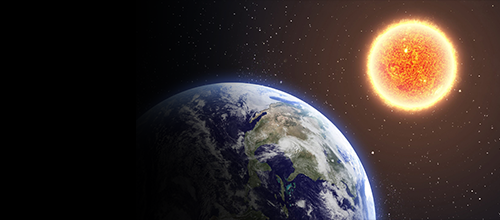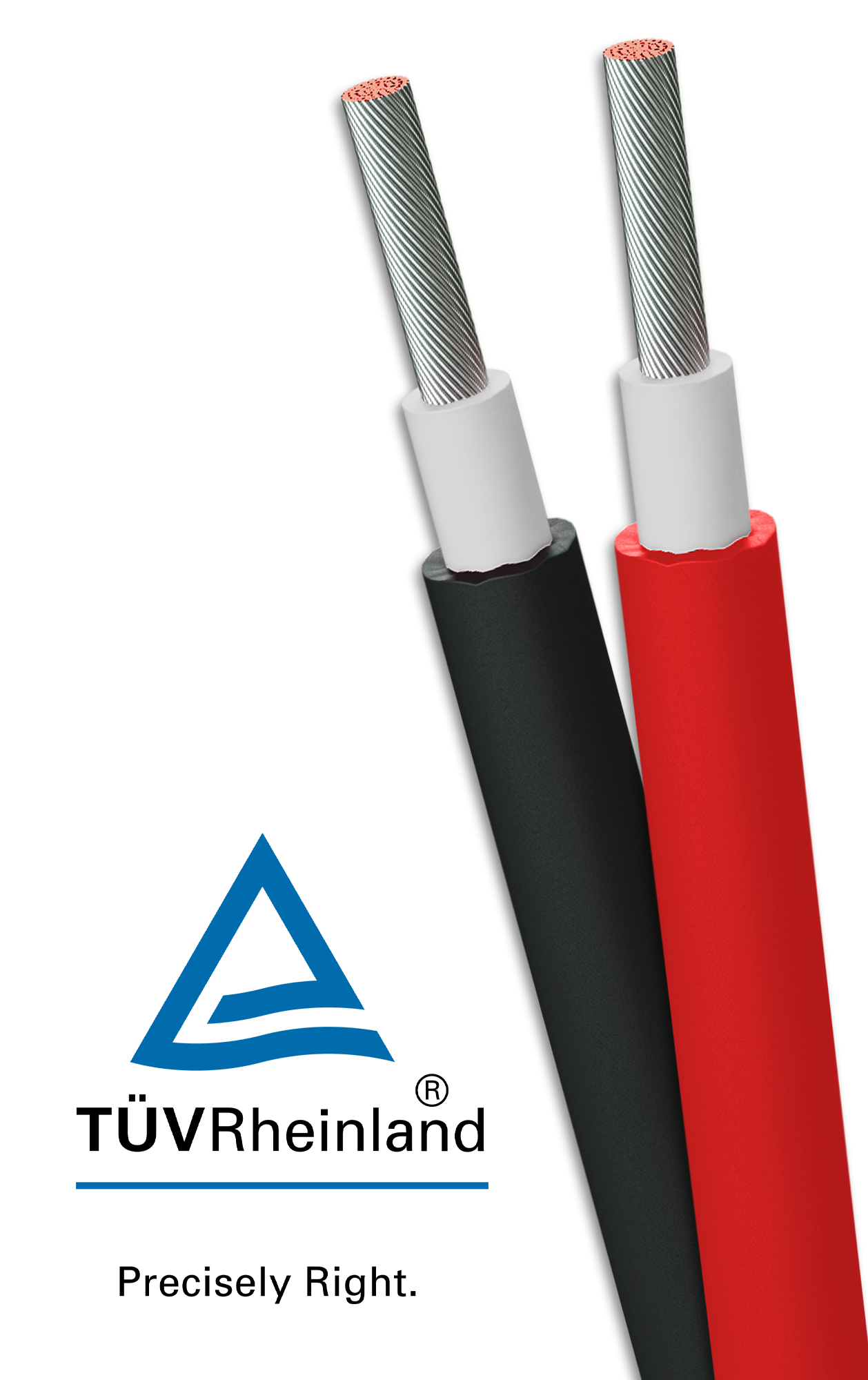Our sun has been shining for over four and a half billion years and the light travels around 90 million miles in a little over 8 minutes to reach us. But it wasn’t until the 1830s that a very clever man called Alexandre Edmond Becquerel discovered the photovoltaic effect. What he discovered was that Photovoltaic cells cause a reaction between photons and electrons on an atomic scale and when the photons (light rays) collide with electrons, the electrons get thrown around releasing energy. In a modern solar panel this energy is captured which ultimately converts solar energy into electric energy. The first commercial photovoltaic cell was invented in 1954 by Bell Laboratories and one of the first solar-powered consumer products was the calculator, hitting the shops in 1978.
Solar cables, also known as photovoltaic (PV) cables, are an essential component of any solar energy system. These specialized cables are designed to carry the electrical current generated by photovoltaic panels from the panels to the inverter, where the direct current (DC) electricity is converted into alternating current (AC) electricity that can be used in homes and businesses.
Solar cables are different from traditional electrical cables in a few key ways. First, they are designed to withstand the harsh outdoor environments in which solar panels are often installed. This includes being resistant to UV light, extreme temperatures, and moisture.
Second, solar cables are designed to be highly conductive, allowing them to efficiently carry the large amounts of electricity generated by solar panels. In addition, they are often made with a thin, flexible design to make installation and routing easier.
When choosing solar cables for your solar energy system, it's important to select the right type and size for your specific needs. The size of the cable will depend on the distance between the panels and the inverter, as well as the wattage of the solar panel array. It's also important to choose a cable with the appropriate voltage rating for your system.
In addition to these technical considerations, it's also important to select solar cables that are certified and tested to ensure their safety and reliability. This will give you peace of mind knowing that your solar energy system is built with high-quality components.
Overall, solar cables are an essential component of any solar energy system, and choosing the right ones can help ensure the efficiency and reliability of your system.
While the cables used to link solar panels to each other or to a regulator are relatively simple, the environments they operate in can be very hostile. Ultraviolet (UV) can be extremely damaging to conventional cable, breaking down standard insulation within a matter of months in some cases. Heat and other weather conditions can also be very destructive.
The FSC range of solar panel and PV cables are LSHF (Low Smoke Halogen Free) and designed to work in extreme conditions with a temperature range up to 120ºC with excellent UV stability. They are Ozone & UV resistant according to EN 50618/ IEC 62930 / UTE C 32-502 and are CPR (Construction Products Regulation) Cca-s1b, d2, a1 approved. They are also Water resistance: AD8 Submersion approved.








